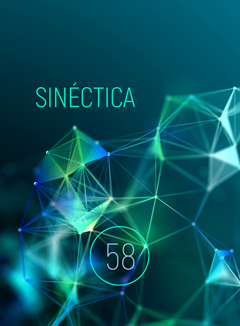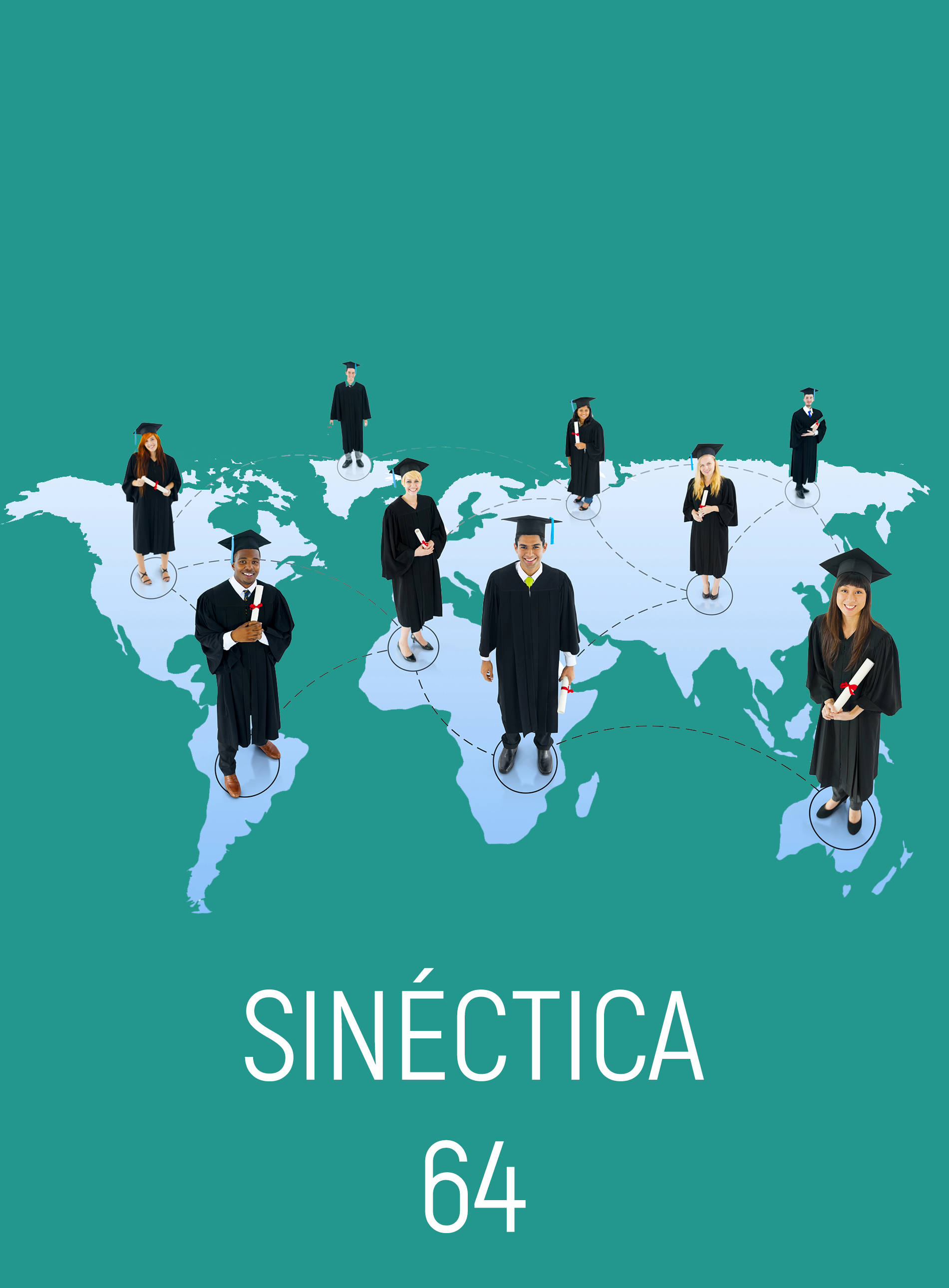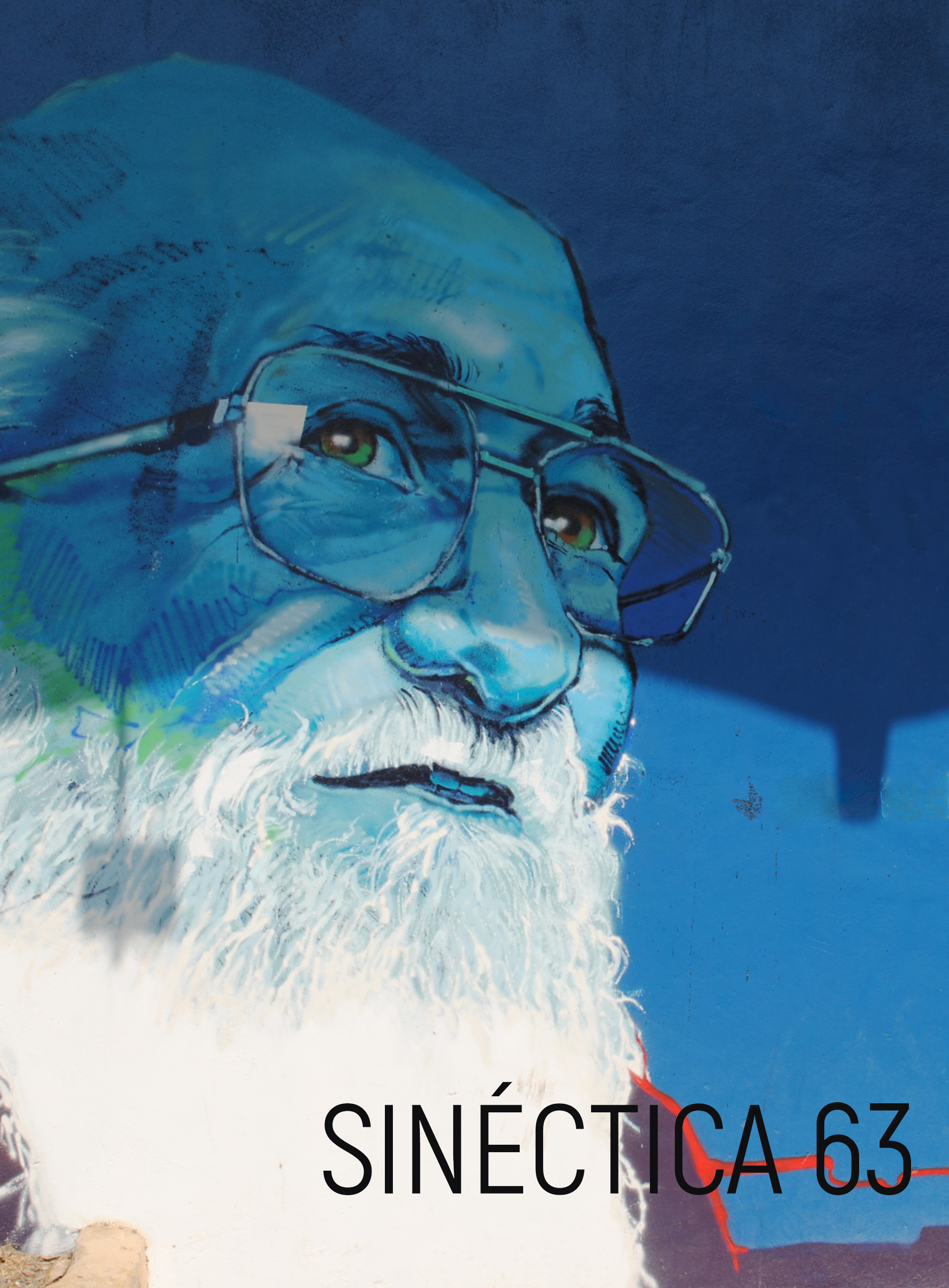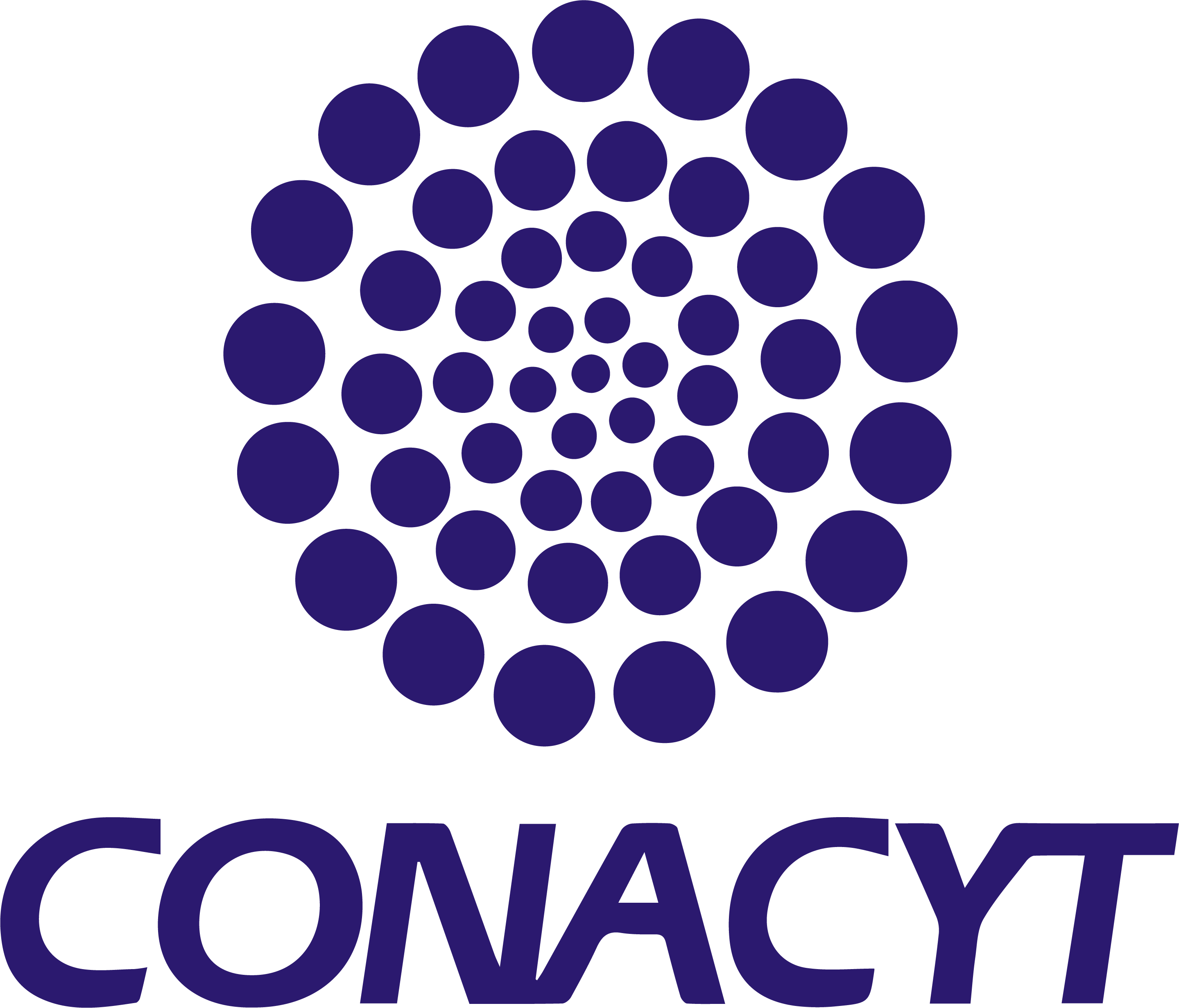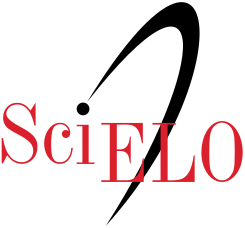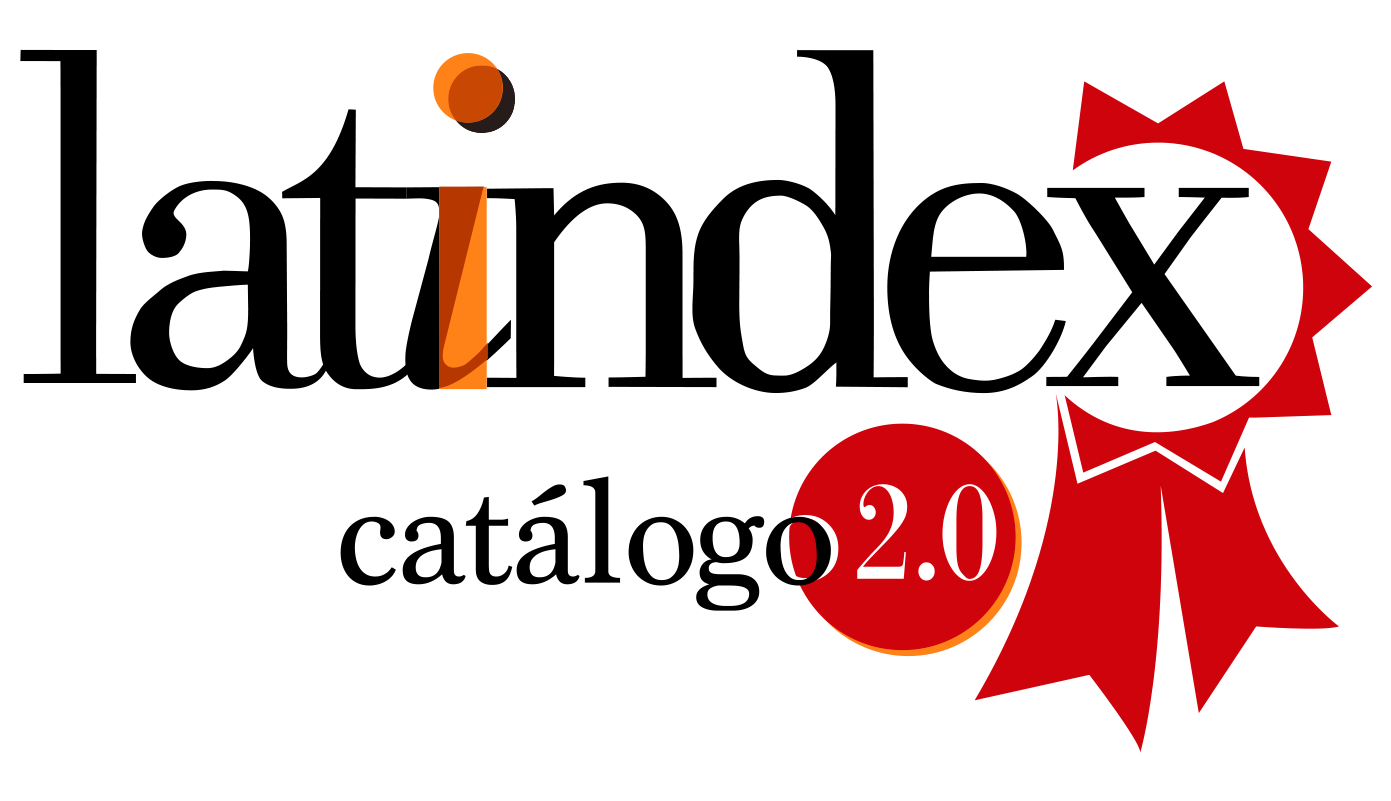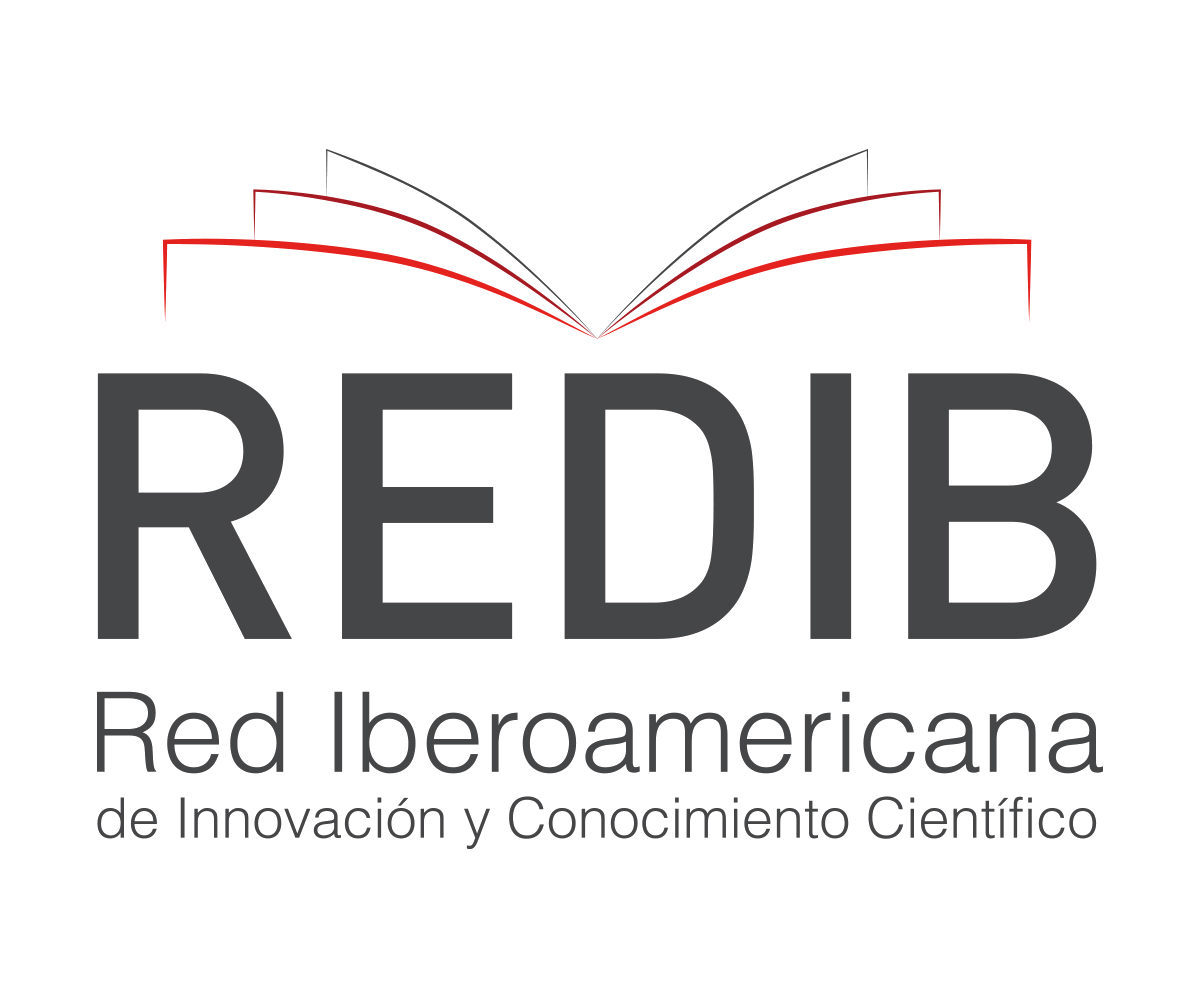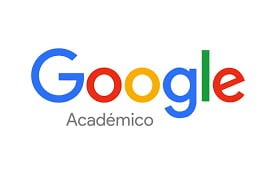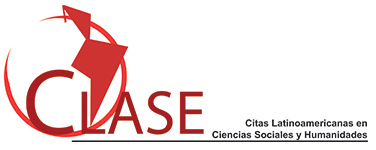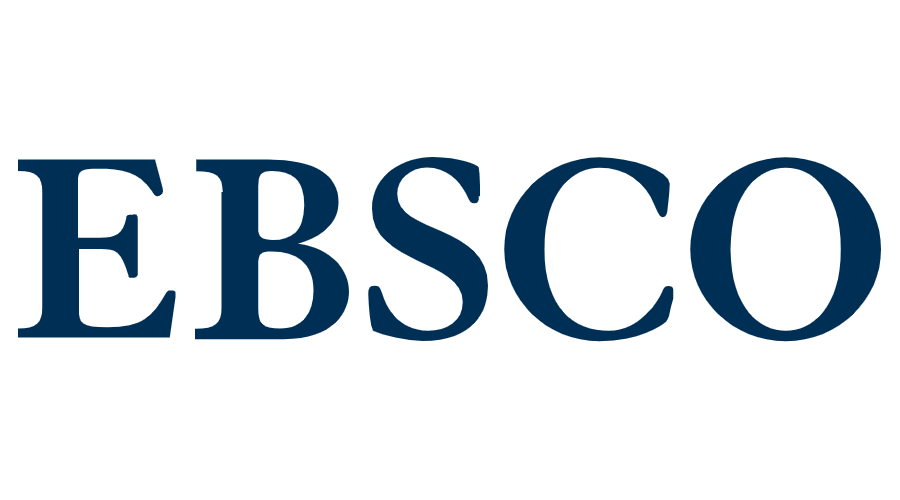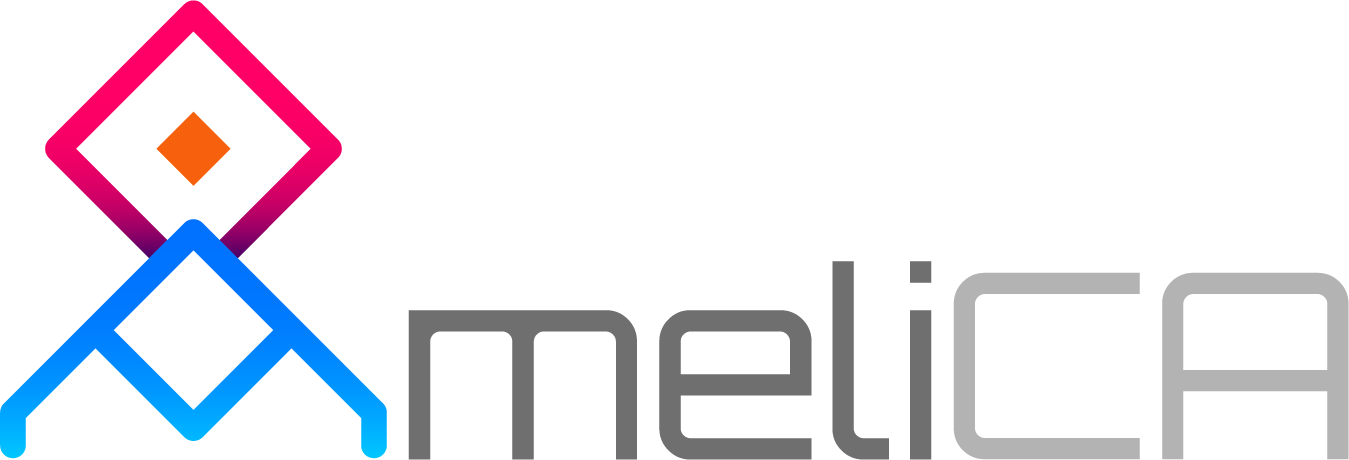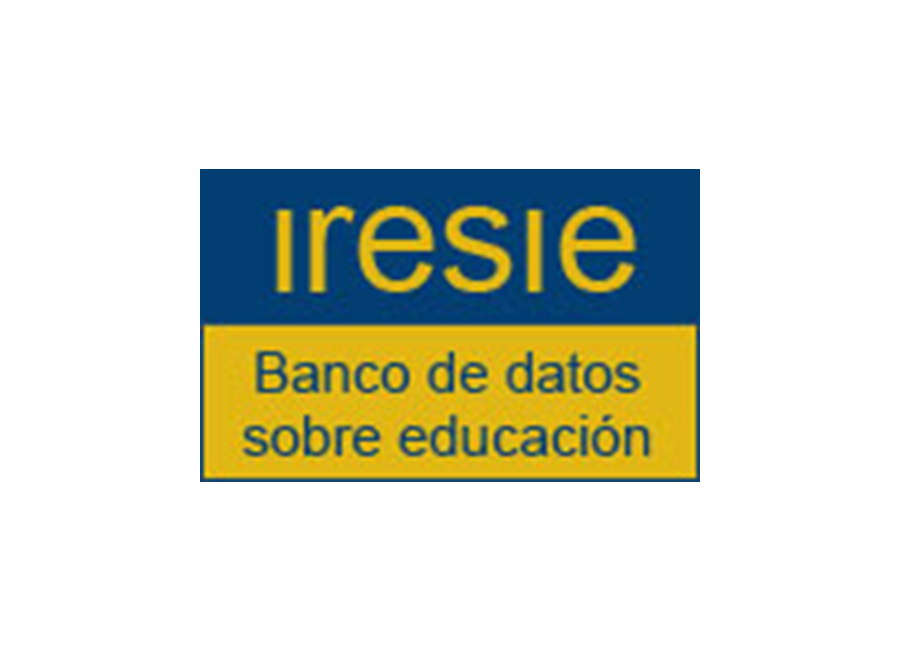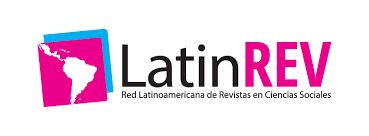Tools for the implementation of ABP and DIPCING in engineering in a hybrid modality
DOI:
https://doi.org/10.31391/S2007-7033(2022)0058-009Keywords:
PBL methodology, engineering, physics didactics, electrical circuits, hybrid modelAbstract
This article’s target was to design a didactic sequence for the treatment of the topic of electrical circuits with an active learning methodology, to answer the question about what type of learning was promoted in students using this methodology, in the virtual classrooms of Physics classes in engineering, towards a later application in Hybrid Modality. The study is qualitative following the phases of action research, for the construction of the contextualized problem DIPCING´s methodology was used, designed specifically for the teaching of engineering and infographics as an integrative learning product are proposed. An instrument called Application to Engineering was used to quantify higher-order skills. The design and evaluation, shown in this research, were provide tools for the implementation of the PBL in engineering careers in a hybrid modality, and the relationship with the learning achieved by the students is explained. Therefore, the students with this proposal understand scientific knowledge (about electrical circuits) and have notions of how to use it in the work environment.
Downloads
Downloads
Published
Issue
Section
License
Copyright (c) 2022 Sinéctica

This work is licensed under a Creative Commons Attribution-NonCommercial 4.0 International License.
This work is licensed under a Creative Commons Attribution-NonCommercial 4.0 International license.
Authors who publish in Sinéctica agree to the following terms:
The authors retain copyright and grant the journal the right of first publication of the authorized work simultaneously under a Creative Commons Attribution License, which allows others to share the work as long as both the authorship of the work and the initial publication in this journal are acknowledged.
Authors may enter into additional separate contractual agreements for non-exclusive distribution of the published version of the journal (e.g., publishing in an institutional repository or a book), with acknowledgement of initial publication in this journal.
Authors are allowed to publish their work in institutional repositories or on their own website before and during the submission process, as it may generate productive exchanges, as well as earlier and greater citation of the published work.
Explanatory note: As of 2017 Sinéctica is governed by the Creative Commons Attribution Non-Commercial 3.0 International License, a version that standardizes licenses internationally.
Articles published between 1992 and 2016 are covered by a Creative Commons Attribution-NonCommercial-NoDerivatives 4.0 International license, which allows a work to be shared and distributed non-commercially and with acknowledgement of the author, but prohibits modification of the original creation.

